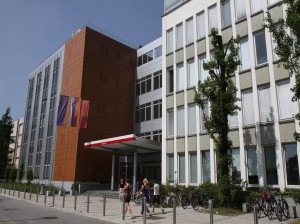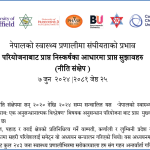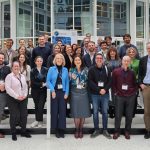
Research Councils UK (RCUK) has published its latest policy and guidelines to help researchers and research organisations achieve the highest standards possible when carrying out research. The policy and guidelines have been updated to reflect growing national and international experience in identifying and promoting good research conduct, and in addressing unsatisfactory conduct.
The RCUK Policy and Guidelines on Governance of Good Research Conduct:
- sets standards of good research practice, with associated guidelines
- specifies and describes unacceptable research conduct
- provides guidelines for reporting and investigating allegations of research misconduct
- clarifies the respective responsibilities of the Research Councils and Research Organisations in fostering and safeguarding the highest possible standards of research conduct.
This document replaces the RCUK Policy and Code of Conduct on the Governance of Good Research Conduct, published in July 2009, and was developed after a wide consultation with partners across the higher education and research sector. It covers the promotion of good research conduct, including good conduct in peer review, the need for appropriate training and development, what constitutes unacceptable research conduct, and the investigation and reporting of unacceptable research conduct.
Professor Rick Rylance, Chair of RCUK, said: “A commitment to good research conduct lies at the heart of an effective research system. High standards of integrity underpin the quality and reliability of research outcomes and of the decisions we make about funding.
“The Research Councils have long been committed to maintaining the highest standards. As a signatory of the Universities UK Concordat to support research integrity, RCUK expects all individuals engaged in research – including researchers themselves, support staff, managers and administrators – to abide by its principles and foster a supportive and open environment.”
The Policy and Guidelines are intended to apply across the full spectrum of research and training funded by the Research Councils and should be amplified in specific disciplines by the guidance issued by individual Research Councils, other funders, professional associations and learned societies.






 For many staying out of harm’s way is a matter of locking doors and windows and avoiding dangerous places, people and situations; however for some vulnerable people it is not quite so easy. The threat of abuse is behind those closed doors, well hidden from public view and for those living in the midst of adult abuse violence and fear permeates many aspects of their lives, frequently perpetrated against them by those charged with providing their care.
For many staying out of harm’s way is a matter of locking doors and windows and avoiding dangerous places, people and situations; however for some vulnerable people it is not quite so easy. The threat of abuse is behind those closed doors, well hidden from public view and for those living in the midst of adult abuse violence and fear permeates many aspects of their lives, frequently perpetrated against them by those charged with providing their care.
















 On Christmas Day in the Morning…
On Christmas Day in the Morning… New Nepal scoping review on maternal & neonatal health
New Nepal scoping review on maternal & neonatal health Fourth INRC Symposium: From Clinical Applications to Neuro-Inspired Computation
Fourth INRC Symposium: From Clinical Applications to Neuro-Inspired Computation Writing policy briefs
Writing policy briefs ECR Funding Open Call: Research Culture & Community Grant – Application Deadline Friday 12 December
ECR Funding Open Call: Research Culture & Community Grant – Application Deadline Friday 12 December MSCA Postdoctoral Fellowships 2025 Call
MSCA Postdoctoral Fellowships 2025 Call ERC Advanced Grant 2025 Webinar
ERC Advanced Grant 2025 Webinar Horizon Europe Work Programme 2025 Published
Horizon Europe Work Programme 2025 Published Horizon Europe 2025 Work Programme pre-Published
Horizon Europe 2025 Work Programme pre-Published Update on UKRO services
Update on UKRO services European research project exploring use of ‘virtual twins’ to better manage metabolic associated fatty liver disease
European research project exploring use of ‘virtual twins’ to better manage metabolic associated fatty liver disease